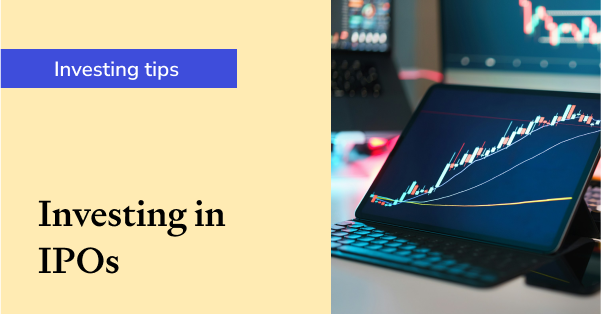New feature: Carry forward loss
Based on your comments in the Sharesight Client Forum, we’ve built and released a new carry forward loss feature found on the Capital Gains Tax report for Australian clients and on the Traders Tax report for New Zealand users.
This new feature allows Sharesight Retail and Pro clients to enter a carry-forward amount from the previous reporting period ($) that can now be included in the current report totals. You’ll find the amount towards the bottom of the reports as a dedicated line item. Currently this value is not saved and must be re-entered when you re-run the report.


Carry-forward feature on AU CGT report, example shows a carry-forward loss of $1,000
Ideas for future enhancements include:
-
Saving the carry-forward value against each financial year so that the amount is pre-populated when you re-run the historical report. This could get tricky as currently the report date range and lock periods are not restricted to a financial year.
-
Pre-populating the carry-forward amount if a CGT loss was calculated in the previous financial year (this is probably only useful if you don't have CGT gains/losses outside of your Sharesight portfolio).
As always we're keen to get your feedback!

Key takeaways from SIAA 2025: Trends, insights & industry highlights
We summarise the key takeaways from the 2025 SIAA conference in Sydney, covering industry insights, market trends and the future of financial advice.

5 ways Sharesight keeps your data safe
Here at Sharesight, we maintain constant vigilance around cyber security. In this blog, we discuss five ways Sharesight keeps your data safe.

The investor's guide to IPOs: Risks, rewards and strategies
Discover when to invest in IPOs, how to approach them strategically, and how Sharesight helps you track and optimise your performance.